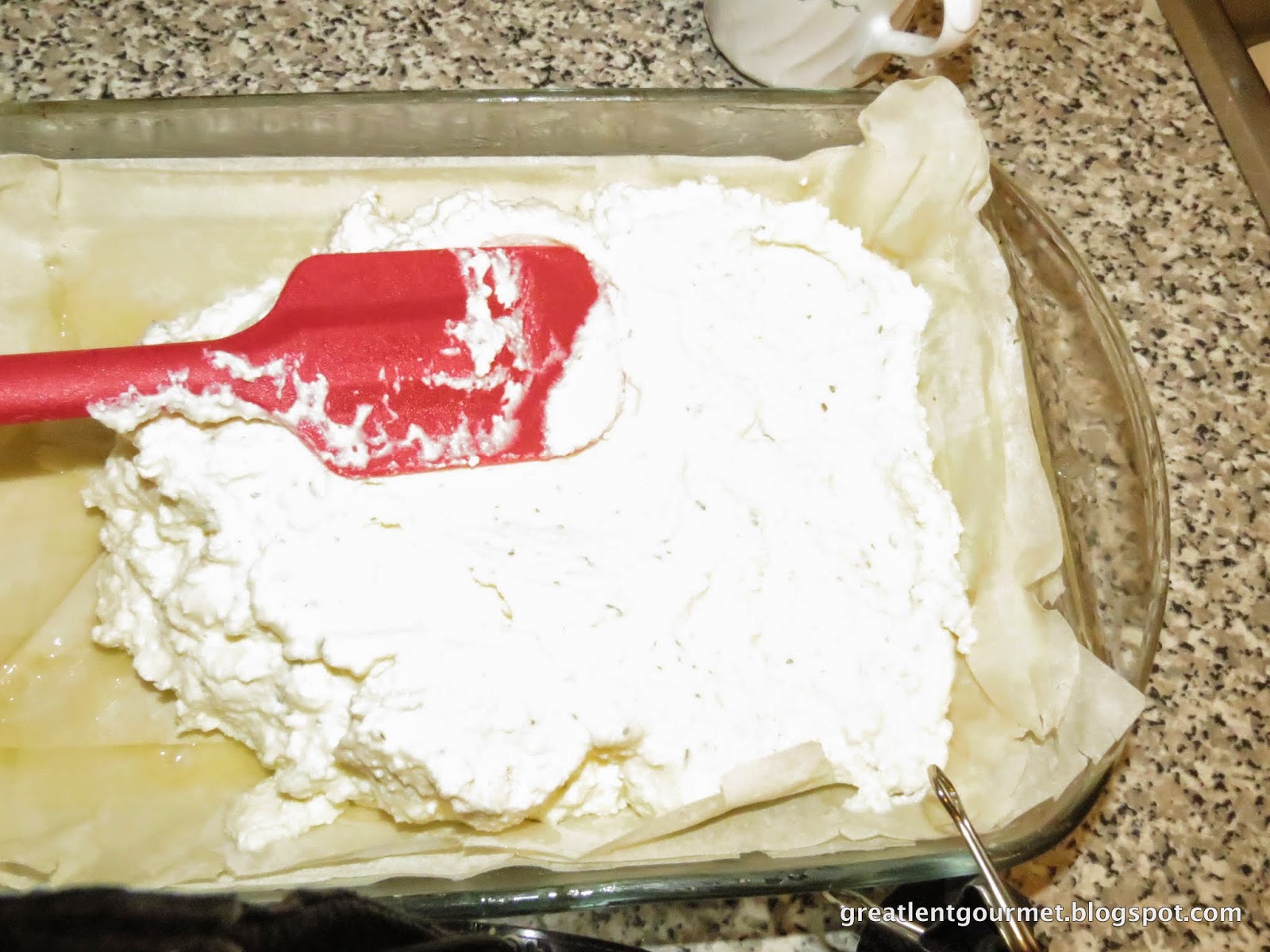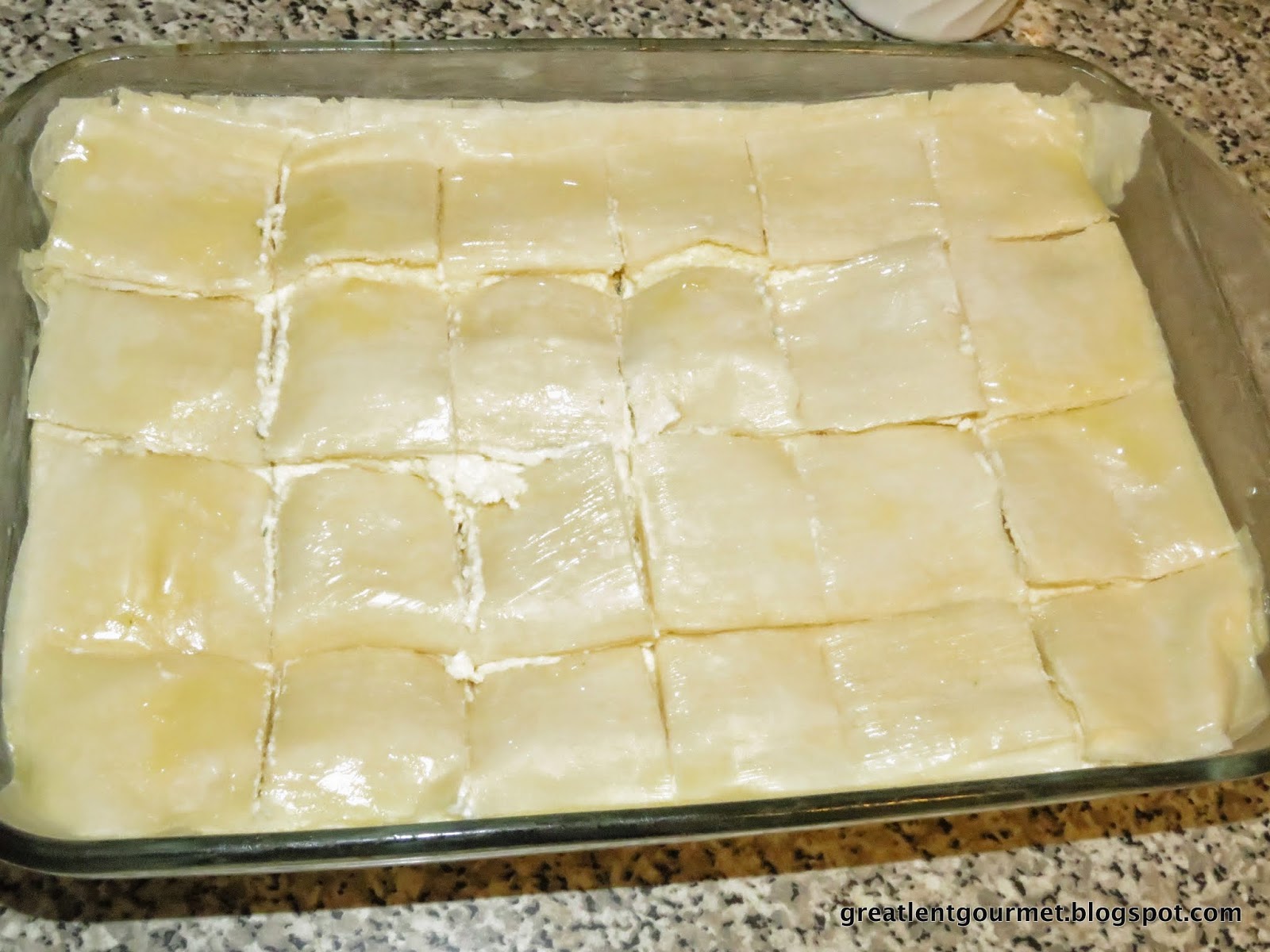 |
This recipe, as with any recipe for meat at Pascha, is our interpretation. There are a thousand different ways to marinate the meat, to skewer it, and to roast it. This is the way that we were taught, and the way we know, but are open to learning how others make this and how we could make our kontosouvli differently. After all, it is about sharing!
So, first, we want to explain that there are two types of pork that can be used for this dish. First, you could choose the pork shoulder, which is the lower part of the pig shoulder. It is covered with a layer of fat that will melt while grilling, leaving the protected meat nice and juicy. Next, you could choose the pork butt. This is also a part of the shoulder, but it is the upper part. It is also known as Boston Butt. This cut is connected to the shoulder blade, and has a lovely marbling of fat throughout the meat. This allows the marbling to melt and leave all the meat parts inside tender and juicy. So, when you roast this on a grill, you get a little crispiness on the outermost layer of meat and tender juiciness inside. Do not get the pork picnic shoulder! This may be used in a roast or a roll, but this cut is the one that is cured, salted, and/or smoked. That is not the type of cut what you want for a kontosouvli.
If you go to a Greek butcher, he (or she) will know the better cuts to use for this -- all you have to do is tell them what you are making. If he (or she) is not Greek, then explain that you want to make jumbo souvlakia, and you will get the right cuts of meat.
We had the butcher cut the pieces for us. He expressly recommend the capicola cut (also known as coppa). The pieces he cut are big enough to fit on a skewer, but not quite big enough to put on the metre-long (about 3 feet long) souvla we use for the lamb (rotisserie grill). Therefore, we will likely put the skewers directly on the charcoal grill and flip them by hand to make sure they are evenly cooked on all sides. This will take some time, but it will be worth it to have that freshly barbecued flavour. Each chunk of meat was approximately the size of a lemon. You want them this size or larger, depending on your skewers. Since we are doing this by hand, we opted for the lemon size which is small enough to handle but big enough to count how many pieces per person for an appetizer, the same number of pieces per person for a snack, twice as many pieces per person for a main dish. The number of pieces you use will depend on who you are feeding, how long of a day you have together, and what else is being served. For us, we know that this will be a side dish or a snack, so we are counting two pieces of meat per person. When it comes to cutting the meat to the right size, you can cut the pork shoulder yourself, or ask the butcher to do it for you. If you have a good butcher, let him do the hard work!
Since the meat is cut for you, start by making the marinade. There are many folks who add a lot of ingredients to a marinade that will eventually overpower the taste of the meat. We love the taste of pork, so we opted for a simple marinade that includes the following ingredients:
Olive Oil and Vegetable Oil
Garlic Powder
Salt
Montreal Steak Spice
Oregano (we alway use Greek oregano as it has the strongest flavour intensity of all oregano varieties).
Lemon Juice
Start by putting the garlic powder and Montreal steak spice in a bowl (if you can't get your hands on Montreal steak spice, here is a 'how-to' to make your own). This is our special ingredient that we add to almost everything meat related! Of course, you could use plain ground pepper, but steak spice is more exciting.
Now, add the lemon juice. Here, we used the bottled lemon juice for the marinade. You want enough acid to penetrate the meat, and we will use actual lemons for dressing the meat when it is cooked, but for the quantity of lemon juice used in the marinade, you get better value from the bottle. Squeeze enough lemon to fully cover and submerge the spices. This gives the garlic and the steak spice a chance to rehydrate before getting mixed into the oil.
Add a little salt. Salt is used in the marinade to help tenderize the meat and help the acid (lemon juice) to penetrate into the meat. You also want to add a little salt to round out the flavours of the lemon and oregano. There is something about that sprinkle of salt that binds the flavours together.
Then, add the oregano (we use Greek oregano as it is the most flavourful of all the varieties in many users' opinion, including our own). Add enough oregano to just taste a hint. After it has been sitting for a day, the oregano flavour will get stronger. But, if you add too much, the lovely herb can become bitter and overwhelming. That is not the main flavour that you want to have on the pork. Also, we will be brushing the meat with a similar dressing when it is cooked, so you can make up for light oregano on the other end of the cooking process. Now, check the seasonings. This is the point when you can adjust how much lemon, salt, garlic, steak spice, or oil is right for you. Our marinade is heavy on the garlic and lemon right now, but that will all be balanced after the pork is cooked. Whisk the marinade well.
Next, add oil to the marinade. We used a combination of vegetable oil and olive oil, although we are showing only the olive oil in the picture. Vegetable oil does not solidify in the refrigerator as does olive oil, so as the meat is marinating for a day, the marinade remains in its liquid form. But, the olive oil has the beautiful flavour we want in the meat, so add enough olive oil to taste, but not enough to solidify the marinade. Whisk this all together until the ingredients begin to emulsify (stay together).
Once the marinade is all mixed, and it looks like all the ingredients are holding together as one, it is time to add the meat. Add meat to the marinade. We took our chunks of pork and dipped them into the marinade. Then, to put them in the refrigerator overnight, we put the dipped meat into zipper seal bags. This helped to remove the air pockets from the container so that the chunks of meat are fully covered with marinade and they will breathe and swim oil, lemon, and oregano to fill all of the nooks and crannies in each chunk. If you notice, while moving the chunks of pork to the zipper bag, the marinade collects inside the bag. By dipping the pieces instead of just pouring marinade over them, you assure that every side of every chunk is coated and will get some of the flavours. Put the filled zipper bags in the refrigerator overnight (or two nights is even better!).
Now, put the meat in the refrigerator overnight or for two nights, and allow the meat to marinate. You may think about flipping over the zipper seal bags so the marinade and spices are re-distributed to the other pieces of meat on the top. Or, if you are marinating in a bowl, stir the contents once or twice to make sure the spices stay evenly distributed across the meat.
Until tonight, Kali Anastasi!






























































